The Belt and Road Initiative (BRI), is also known as the “One Belt, One Road” (OBOR) initiative globally. It is a massive global infrastructure and development project initiated by the People’s Republic of China and was announced in 2013 by Chinese President Xi Jinping. The BRI aims to enhance connectivity, trade, and cooperation among countries through the construction of roads, railways, ports, and other key infrastructure projects. While the BRI has been widely promoted by China as a means of fostering mutual development and prosperity, it has also raised concerns and debates about China’s underlying geostrategic ambitions.
Connectivity and Trade Facilitation
One of the primary goals of the Belt and Road Initiative is to create a network of physical and digital infrastructure connecting Asia, Europe, Africa, and beyond. This ambitious plan includes the development of land-based corridors (the “Belt”) and maritime routes (the “Road”) that span multiple continents. By improving connectivity and trade facilitation, China aims to open up new markets for its goods, as well as promote economic development and cooperation in partner countries.
Economic Diplomacy and Soft Power
The BRI is considered a key instrument of China’s economic diplomacy. Through investments in infrastructure projects, China seeks to strengthen economic ties with participating nations. By providing financial assistance and technical expertise, China presents itself as a valuable partner in development, bolstering its soft power and enhancing its global image.
However, critics argue that the BRI might lead to debt trap situations for some countries, especially those with weaker economies. As they become indebted to China for the funding of projects, they may find it challenging to repay the loans, potentially allowing China to exert greater influence over their political and economic decisions.
Strategic Expansion and Geopolitical Implications
Beyond its economic goals, the Belt and Road Initiative also holds significant geopolitical implications. As the initiative expands China’s reach and influence across regions, it has sparked concerns among some countries, particularly those who view China’s rise as a potential challenge to their own geopolitical interests.
The BRI has been met with varying responses from different nations. Some countries welcome the investment and development opportunities it brings, while others remain cautious, fearing that the BRI could lead to a shift in the global balance of power and a potential loss of influence for them.
Challenges and Controversies
Despite its grand vision, the Belt and Road Initiative has faced numerous challenges and controversies. Issues such as lack of transparency, environmental concerns, labor rights, and social impacts have been raised by critics. Additionally, geopolitical tensions and competition with other major powers have further complicated the implementation of the BRI.
Conclusion
The Belt and Road Initiative is undoubtedly a massive undertaking with the potential to reshape regional and global dynamics. China’s focus on connectivity, infrastructure, and economic cooperation aims to create win-win outcomes for all participating countries. However, as the initiative progresses, it faces various challenges and concerns that must be addressed for its long-term success.
Analyzing China’s geostrategic ambitions in the context of the BRI is an intricate task, and its true impact may only become fully evident over time. As the initiative continues to evolve, it remains a subject of interest and debate among policymakers, scholars, and analysts worldwide.

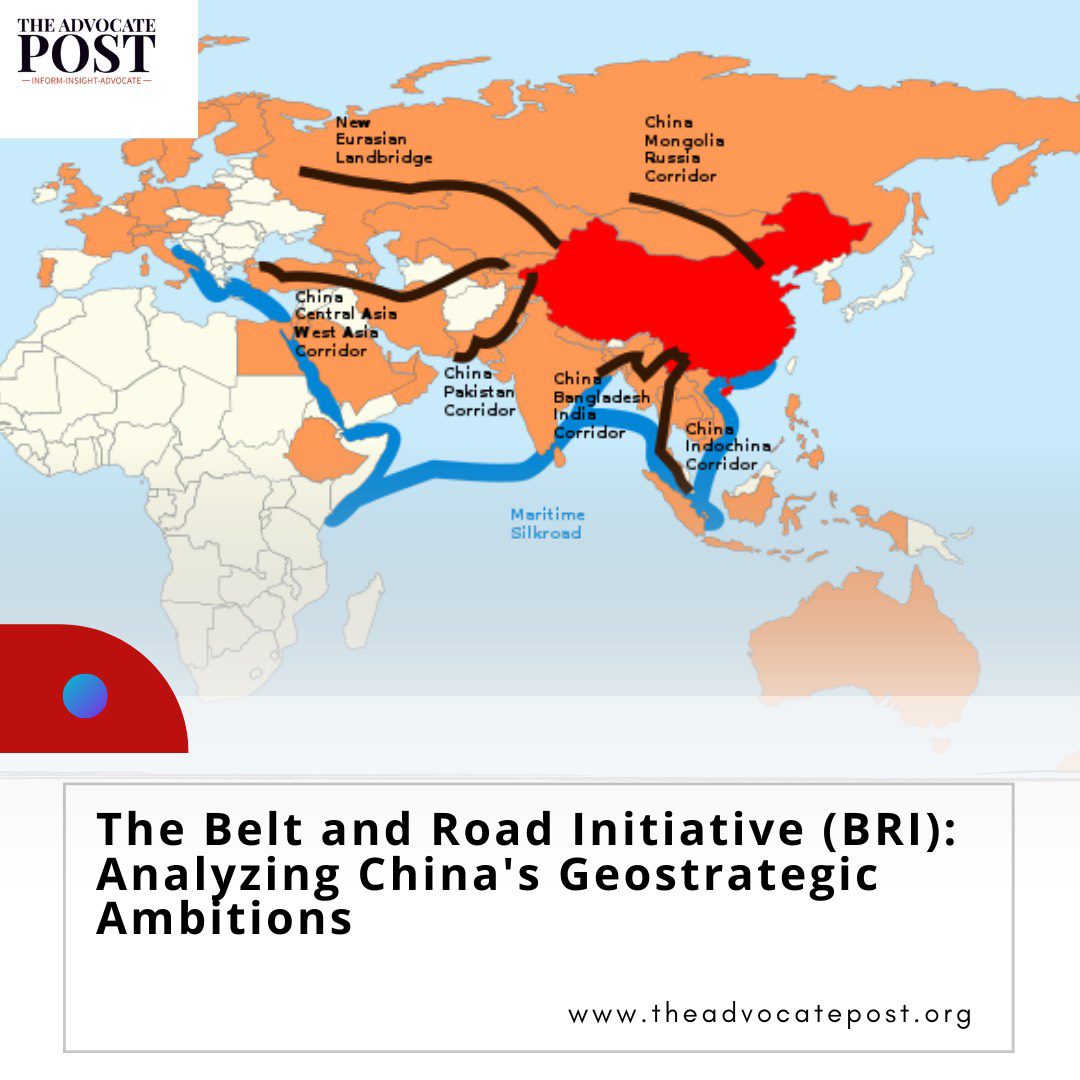
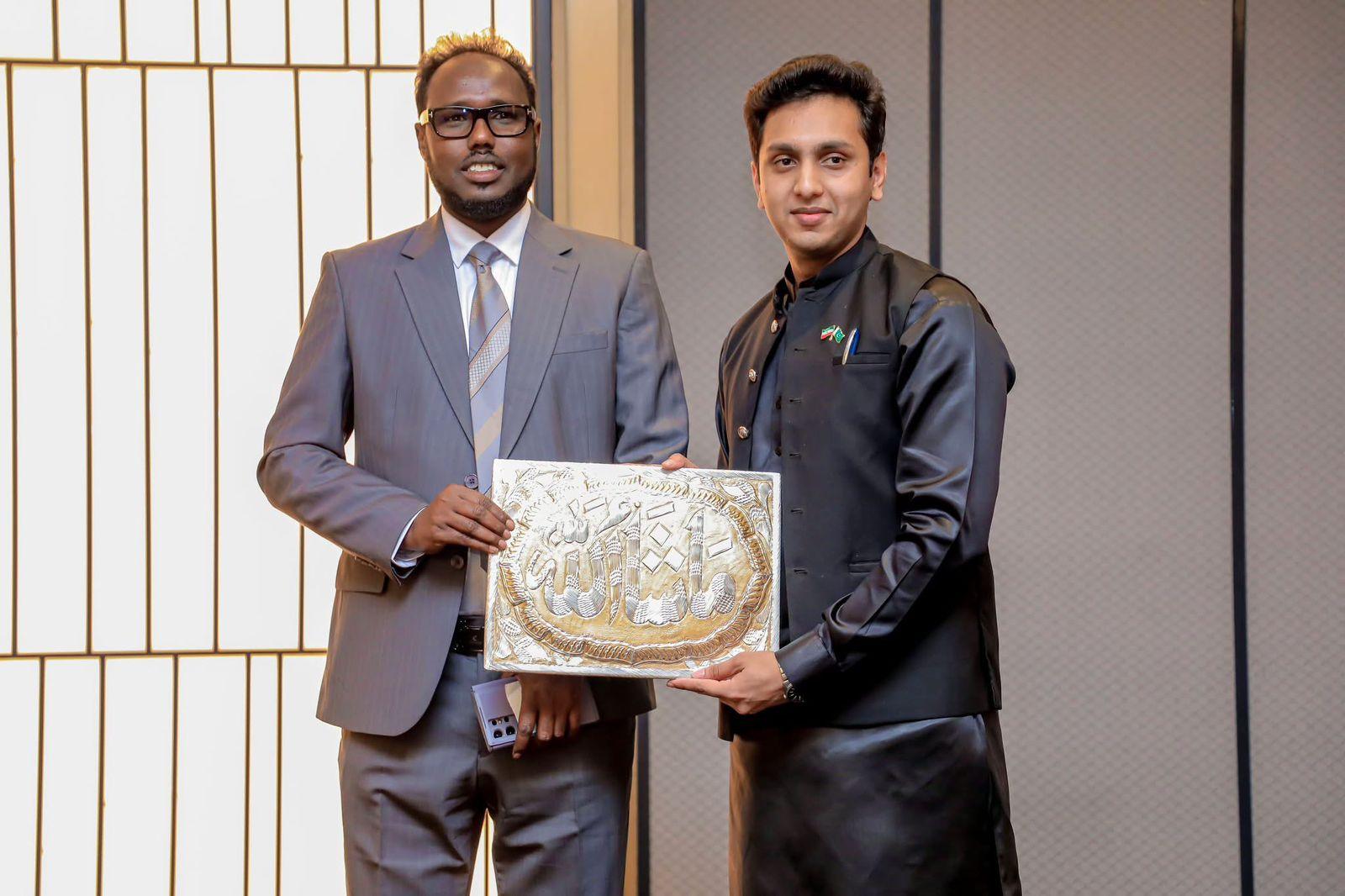
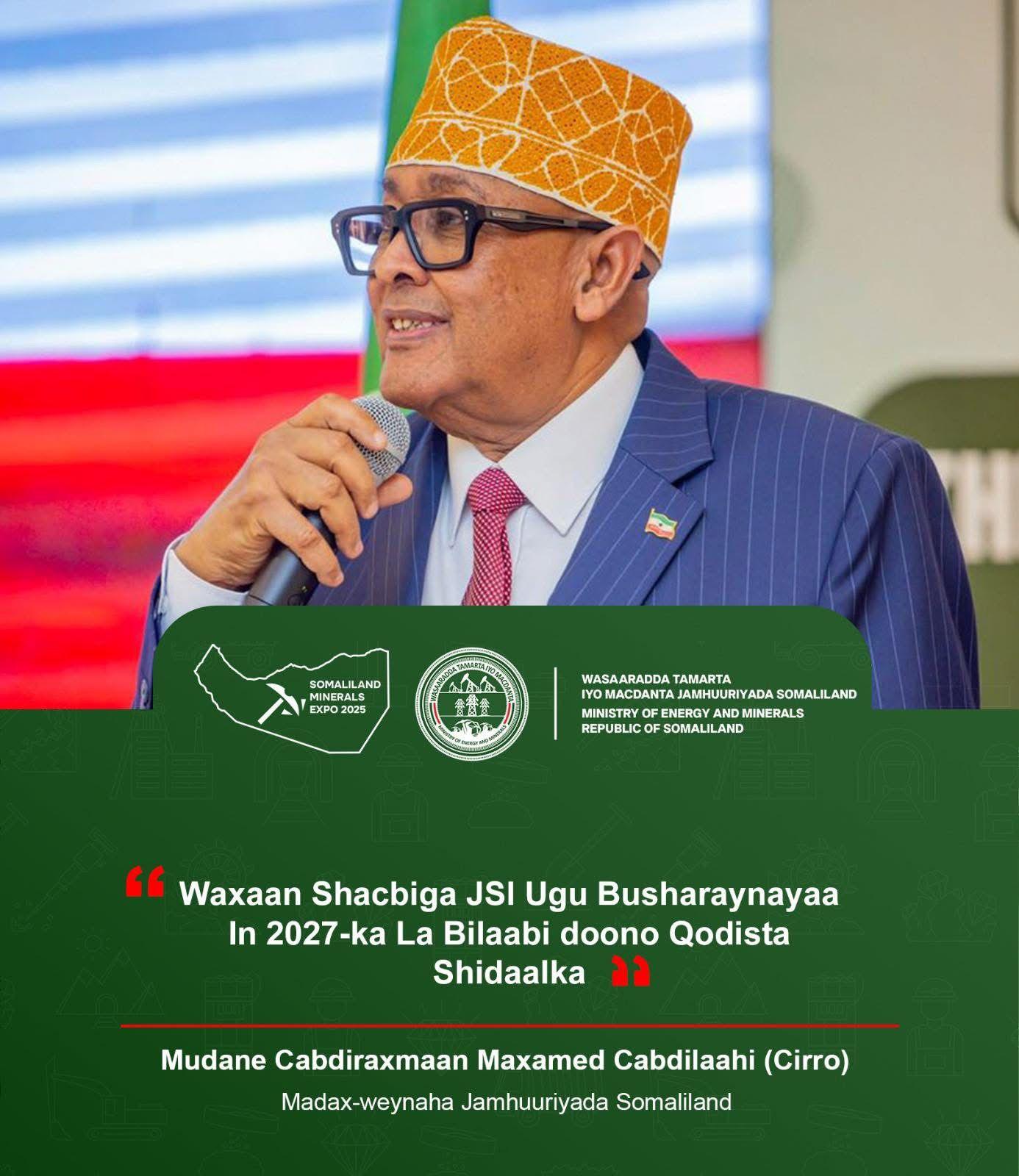
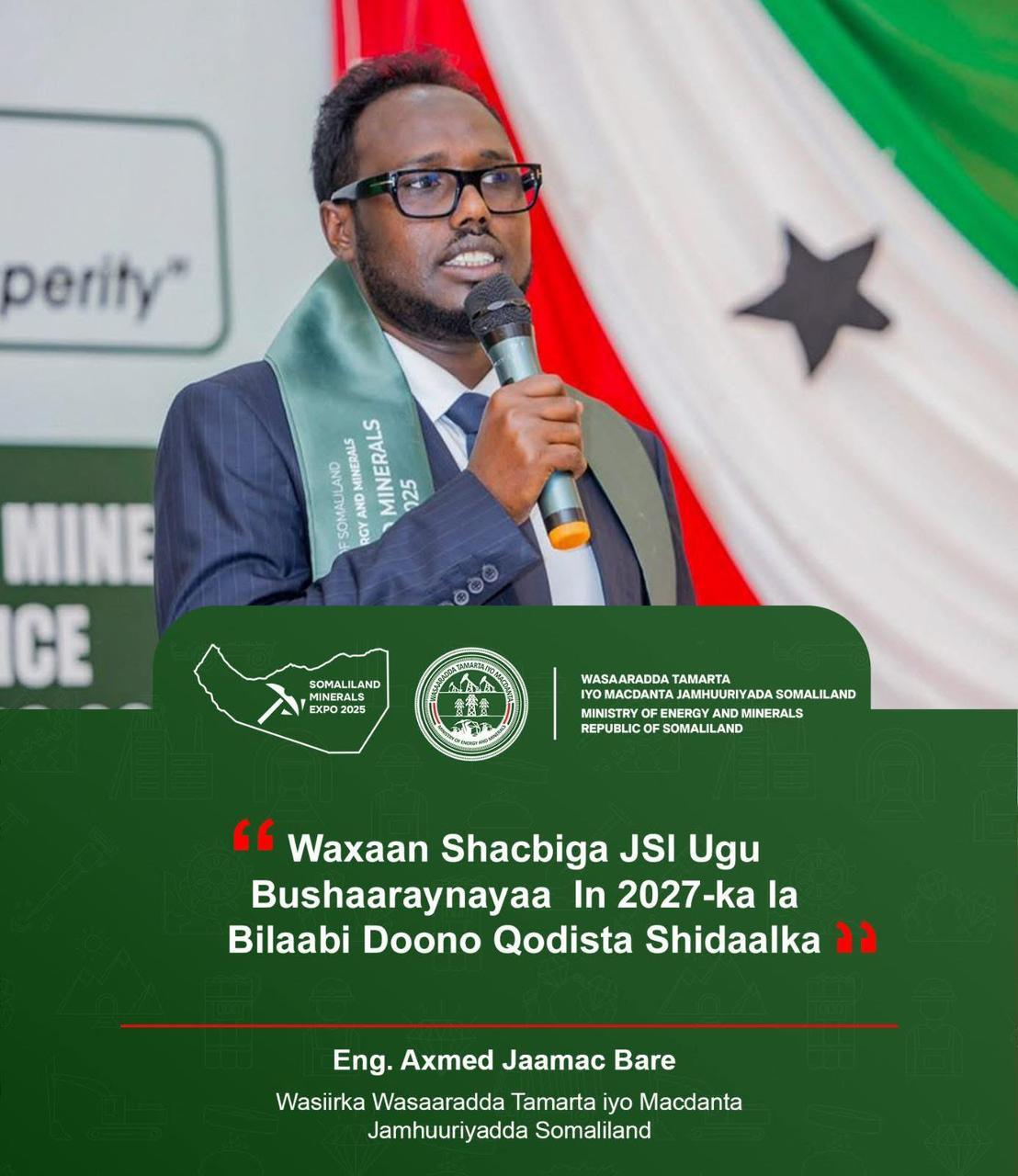
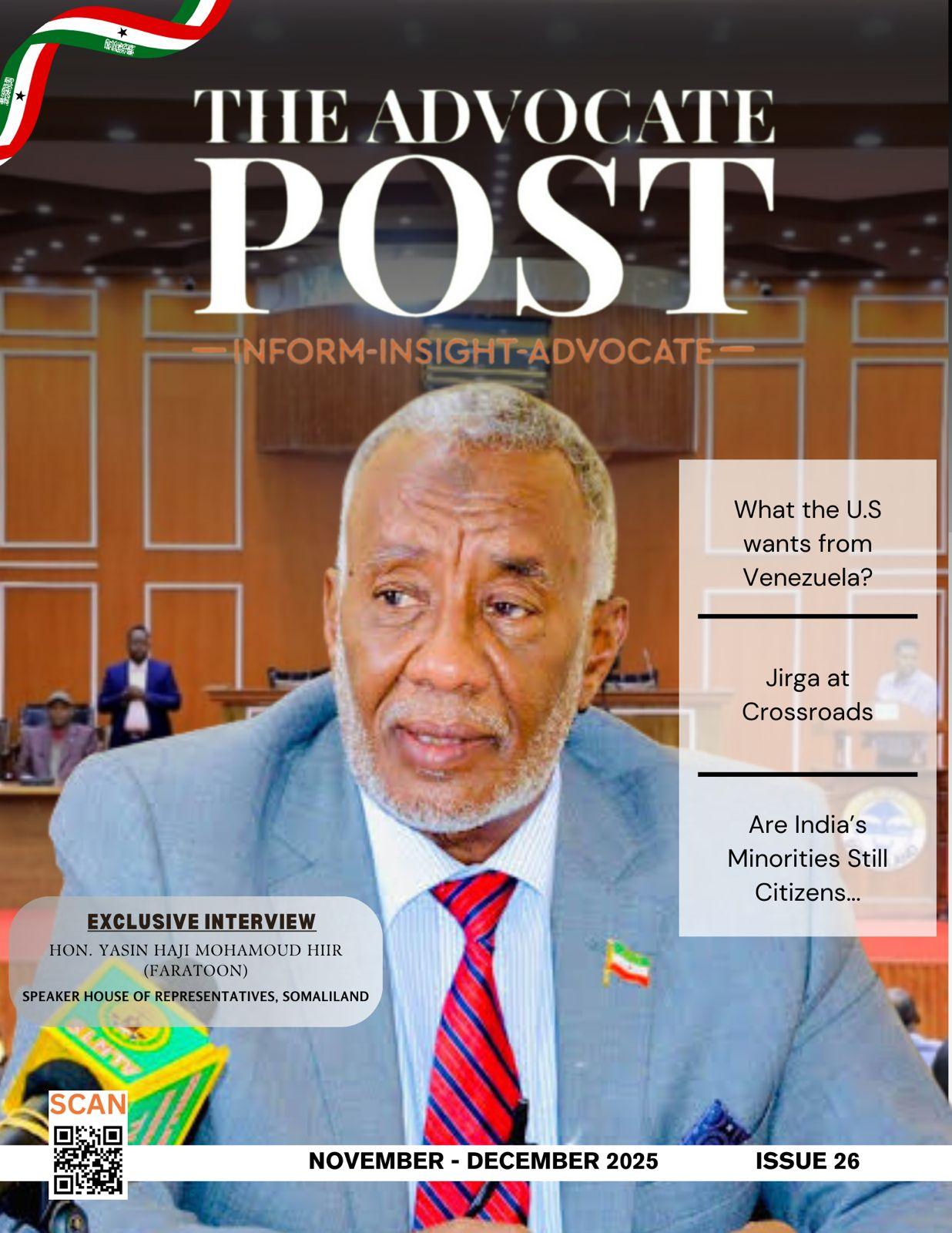
This Post Has 2 Comments
Great article! I appreciate the clear and insightful perspective you’ve shared. It’s fascinating to see how this topic is developing. For those interested in diving deeper, I found an excellent resource that expands on these ideas: check it out here. Looking forward to hearing others’ thoughts and continuing the discussion!
This piece provided some great insights. The author’s approach was both clear and engaging. I’m curious to see how others feel about these ideas. Any additional thoughts?